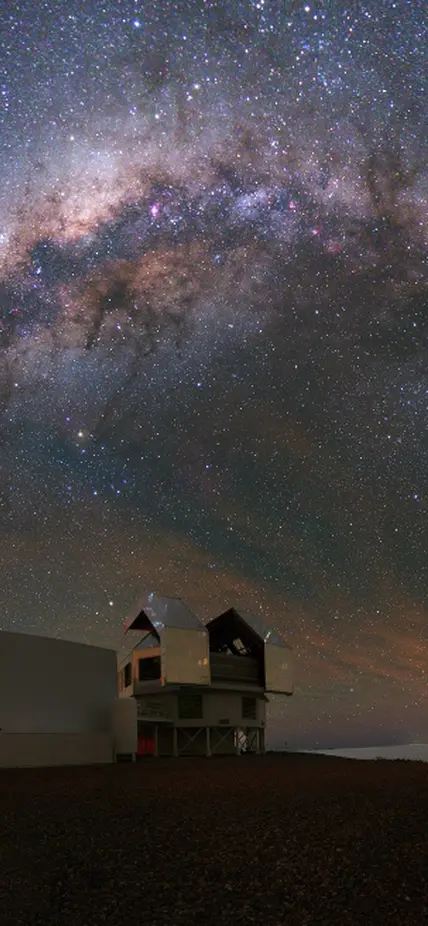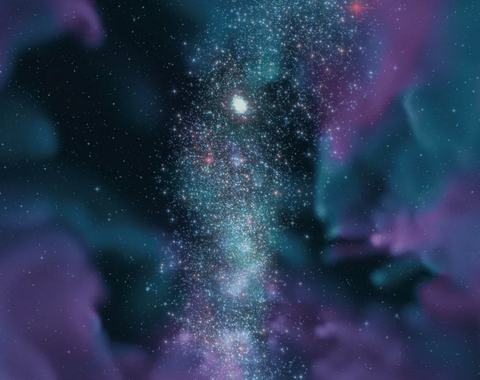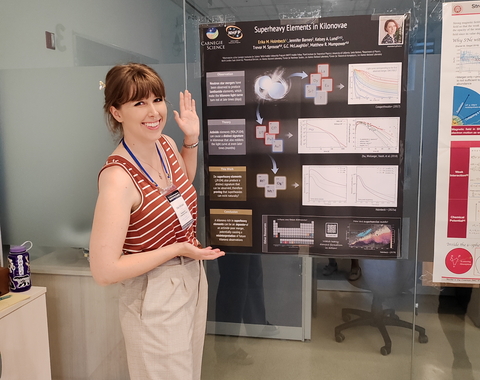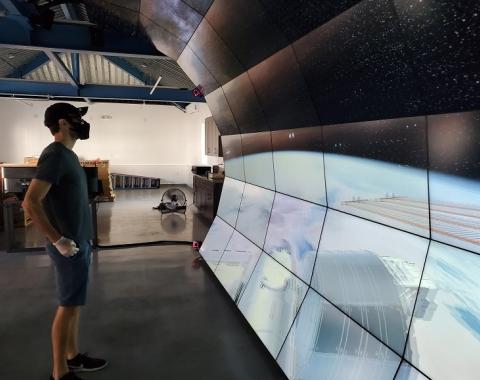There's No Place Like Home
The Milky Way is an excellent laboratory for understanding the forces that shaped our own and other galaxies and the evolution of the universe.
Galaxies grow by accreting material from nearby objects—other galaxies and dense clumps of stars called globular clusters—often in the aftermath of a catastrophic crash. And these events leave behind relics in the form of stellar associations that astronomers call tidal features. This can include elongated streams or arcing shells moving around the surviving galaxy.
Studying these phenomena can reveal information about the dark matter that holds the stars in their orbits. Additionally, they can reveal information about the Milky Way’s formation history, showing how it has steadily grown over billions of years by shredding and consuming smaller stellar systems.
The Milky Way is also surrounded by a cadre of orbiting dwarf galaxies—relics of the ancient universe. Probing the chemical makeup of these galaxies can additionally improve our knowledge about dark matter and galaxy evolution.
Stars manufacture elements throughout their lifetimes, which they spread into the surrounding gas when they explode as powerful supernovae. These raw materials are then incorporated into new stars, making each successive stellar generation more chemically complex than its predecessors. As a result, Carnegie astronomers can determine the ages of the stars that make up the dwarf galaxies surrounding our Milky Way and use this information to expand our knowledge of the universe's history.
Recent Events
Uncovering the Nature of Dark Matter with Stellar Streams in the Milky Way - Dr. Ana Bonaca
Mapping the Violent Inner Life of Galaxies - Dr. Guillermo Blanc
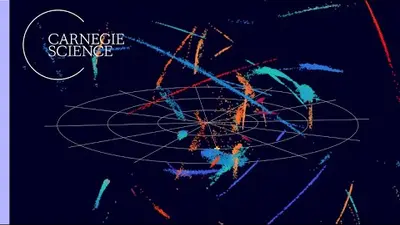
Uncovering the Nature of Dark Matter with Stellar Streams in the Milky Way - Dr. Ana Bonaca
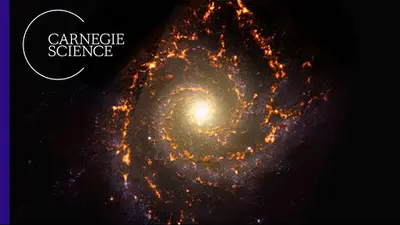
Mapping the Violent Inner Life of Galaxies - Dr. Guillermo Blanc
